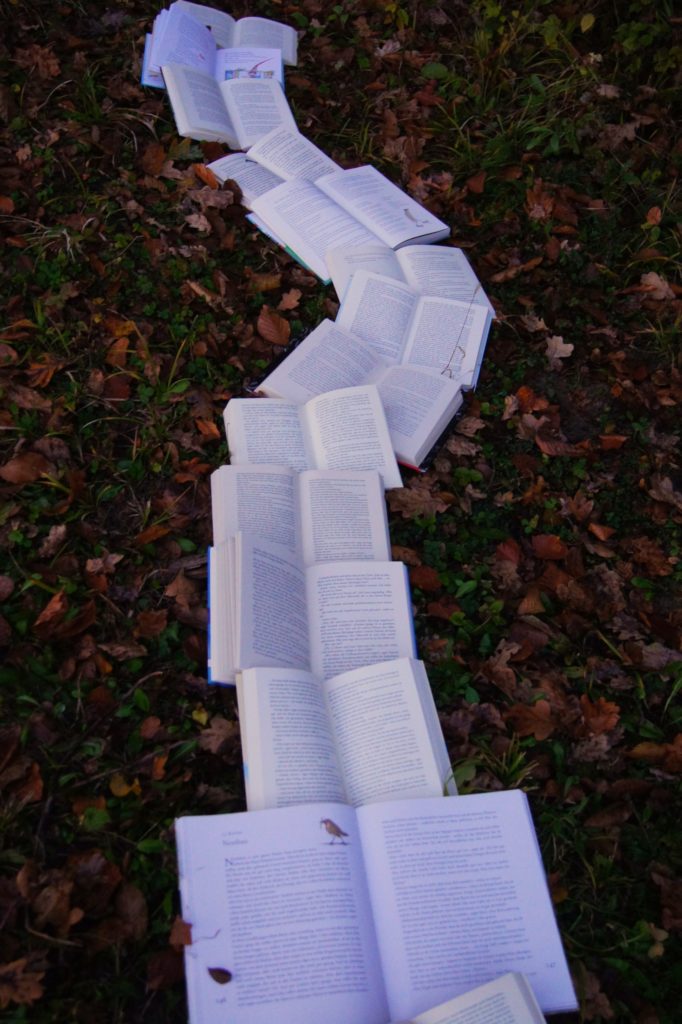As a prospective secondary English teacher, my placement teachers and classes have mentioned the recent conversations about banning books in various states. Several states across the United States are considering or crafting legislation to ban books that contain themes related to sexuality, racism, explicit language, or other areas. This article by The Atlantic called “Read the Books That Schools Want to Ban” by Emma Sarappo provides a list of books that are commonly in discussions about being banned.
When did book bans originate?
When I was 14, I learned about book banning when I read The Book Thief by Markus Zusak. This book is set in the World War II era and the main character, Leisel, steals books from piles before they can be burned. Leading up to World War II, Adolf Hitler burned books that were deemed “un-German” beginning in 1933. Leisel could not read when she first began stealing books, but as the novel progresses she learns to read and reclaims some power over her situation.
When I first read this book I appreciated that I was taught to read and could read whatever and whenever I wanted. I did not fully understand the circumstances of the book at the time, but it helped me realize the power that knowledge and literature have.
The Book Thief is not the only book that references book banning. While I haven’t yet read Fahrenheit 451 by Ray Bradbury, it shares similar themes with The Book Theif. This novel takes place in a dystopian society and centers around a character who works as a book burner, but by the end of the novel is a lover of books. It appears on lists of classic books and ironically has even been banned itself.
But when did book banning begin?
An article from Reading Partners asserts that censorship relating to books originated in Massachusetts with the arrival of the Puritans in the 1600s. A book called The New English Canaan by Thomas Morton critiqued the Puritan lifestyle and is likely the first banned book in the U.S. There were many subsequent book bans in order to influence what people were reading. This continued until people started to fight against book bans in the 1980s. From the 1600s to the 1900s, many other books were banned and several resources outline these books. One such website from The First Amendment Encyclopedia has more info about the history of censorship in the United States.
Arguments around Book Bans:
Some people argue that book bans are necessary to protect students from potentially dangerous or explicit content. Those that support various book bans may also fear critique from members of the community, political groups, or religious organizations.
Yet, others claim that book bans violate First Amendment rights and make it difficult to teach students to think for themselves. Many books may wind up on the banned books list like The Handmaid’s Tale, The Adventures of Huckleberry Finn, or To Kill a Mockingbird since they are often used to frame historical or cultural discussions.
As an English major, we have discussed the importance of reading a book in its entirety before banning it from schools or libraries. Some books do contain sensitive themes, but they can help frame important topics for students. Learning about the history of book banning and some reasons behind it also helps form an opinion about the literature that readers consume. The National Council of Teachers of English provides a great resource that discusses some of the history and goals of literature when initiating critical thinking, inquiry, and diversity in education.
What are your thoughts on banned books? Have you ever read any books that are in discussions about being banned?




